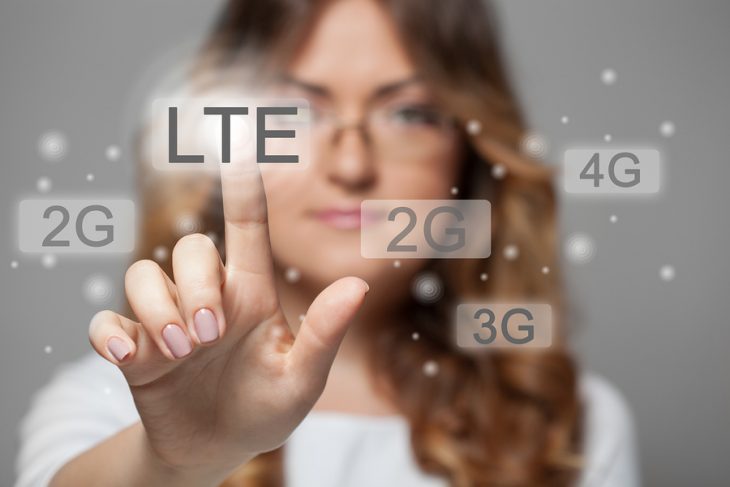
TORONTO – Adding packet-switched voice calling to LTE networks (VoLTE) is in some ways the holy grail of true 4G wireless.
By enabling an all-IP based communications system, not only will it improve the quality of voice calls compared to legacy networks, VoLTE will ultimately also make network stacks simpler.
But on Wednesday a consultant warned Canadian carriers about to implement VoLTE they will need to work closely with older 2G and 3G networks – which will have to handle voice calls when users drift out of LTE coverage – to get the benefits of the new technology.
“The message here is new technology – be it LTE or VoLTE – isn’t sexy in itself, but the deployment and the user experience is very much dependent on making sure that interworking is right," Dirk Bernhardt, CEO of P3 Communications, a German-based telecom engineering services firm whose customers include Bell Canada, told the annual Canadian Wireless Trade Show in Toronto on Wednesday.
"I always tell people if you want to optimize the LTE network and also your VoLTE network you have to take care of your legacy networks,” he added. P3 does network performance testing, engineering and benchmark tests for a number of telcos around the world.
Of the country's biggest cellular carriers Rogers Communications is the only one to implement VoLTE, launching service on its main network March 31 for capable handsets and on Fido in August. A Bell Mobility spokesperson said he couldn’t comment on its plans. Update: Telus spokesperson said the company "is currently testing a new mobile voice service that will work over our LTE network" and it will launch next year.
Getting voice right is a big concern for carriers because unsatisfied customers will swiftly move to a competitor, Bernhardt pointed out.
In fact, carriers who deployed LTE in Germany suffered from quality of service problems because they didn't optimize the handoff of voice signals to 2G/3G networks. "They got so excited about the new technology the old technology was forgotten," Bernhardt said.
Ubiquitous LTE coverage is a solution to VoLTE handoff to 2G/3G networks, he acknowledged – but few carriers around the world have blanket coverage. So it will be some time still before carriers can turn off these legacy networks.
Carriers that don't have legacy networks could face problems. For example, he noted that in the U.S. Verizon Communications built an LTE-only 4G network. In a two-week benchmark test P3 Communications did in Washington, D.C. last spring comparing three VoLTE carriers (Verizon, AT&T and T-Mobile), Bernhardt told the conference an unnamed carrier that didn't have a 2G/3G network to fall back on had more dropped calls than the other carriers.
That unnamed carrier also had lower figures on a metric P3 created called “call unsustainability,” which is a measure of voice quality. The fact that carrier doesn’t have a 2G/3G network could be a factor, he said, as could interference caused by cell tower equipment.
Overall, however, he said the VoLTE service of the three Washington carriers worked surprisingly well." Just under 100% of 3,000 calls made between moving vehicles during the two-week test were VoLTE calls and didn't default to 2G/3G. "I expected 50%," Bernhardt said.
One thing network engineers should be ready for is the quick setup times for VoLTE to VoLTE calls. Connection times in Europe are so fast calls can be picked up before a handset rings. One carrier actually slowed it down because subscribers were confused people answered their phone so quickly.
"If you look at networks right now they are really complex," he said in an interview. "They have several layers: 2G networks, EDGE, 3G, now you have 4G on top of that, Wi-Fi offloading – and they all have to work together. And one of the main reasons you still have 2G and 3G networks is they enable you make voice calls" over LTE, which is a data-only technology.
"If you can enable that (VoLTE) you can start re-farming spectrum that now you have reserved for your voice layer, and utilize it for LTE, and the whole complexity for interworking is much lighter."



